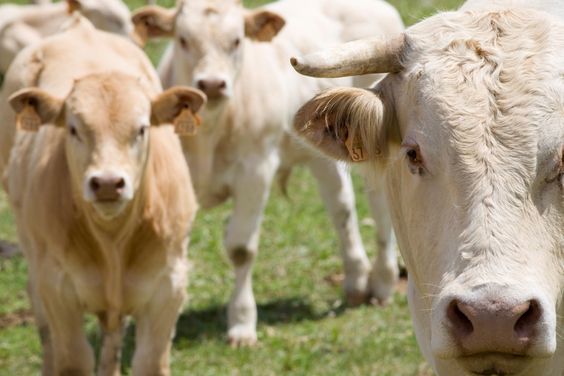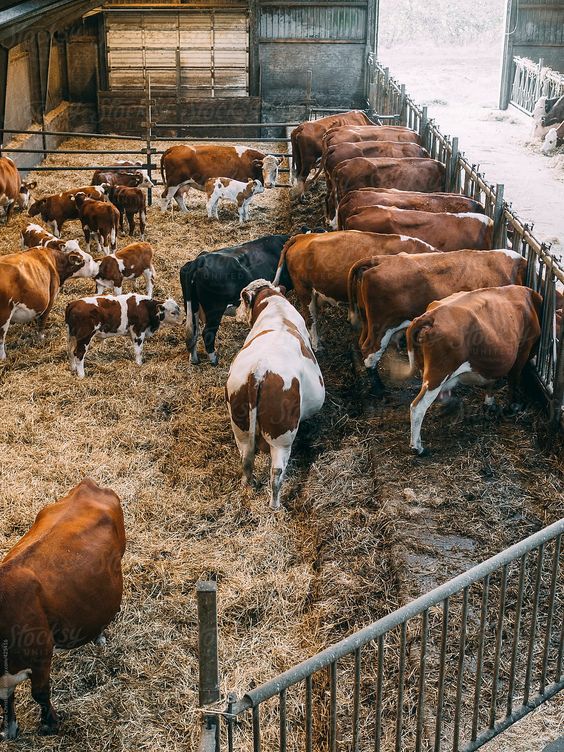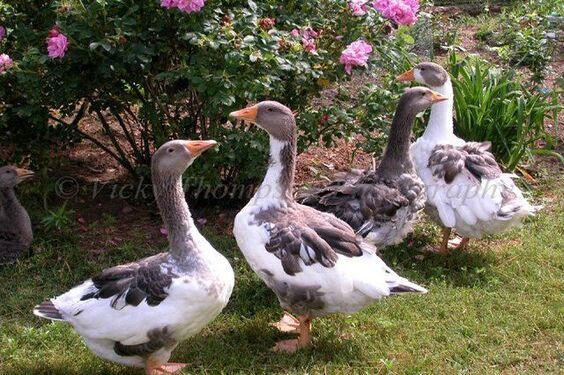Commercial Poultry Production: A Comprehensive Overview
Commercial poultry production, a cornerstone of modern agriculture, involves the large-scale rearing of birds primarily for meat (broilers) and eggs (layers). This industry has undergone a remarkable transformation, evolving from small-scale backyard operations into highly efficient and technologically advanced systems. This article delves into the intricacies of commercial poultry production, exploring its significance, benefits, challenges, and future prospects.
The Significance of Commercial Poultry Production
Commercial poultry production plays a pivotal role in global food security, providing a low-cost, high-protein source of nutrition for billions of people. Poultry meat and eggs are essential components of balanced diets, contributing to human health and development. Moreover, the industry generates substantial economic activity, supporting livelihoods and driving rural development.
Benefits of Commercial Poultry Production
- Economic Impact: Commercial poultry production creates employment opportunities, stimulates rural economies, and contributes to national GDP.
- Food Security: It ensures a stable and affordable supply of protein-rich food, addressing the nutritional needs of growing populations.
- Technological Advancement: The industry has been at the forefront of agricultural innovation, leading to advancements in breeding, nutrition, and disease prevention.
- Efficiency: Modern poultry production systems are highly efficient, maximizing resource utilization and minimizing environmental impact.
Goals of Commercial Poultry Production
The primary goals of commercial poultry production include:
- Maximizing Production Efficiency: Optimizing feed conversion ratios, reducing mortality rates, and increasing output per unit of input.
- Ensuring Product Quality: Maintaining high standards of hygiene, welfare, and product safety.
- Minimizing Environmental Impact: Adopting sustainable practices to reduce greenhouse gas emissions, water consumption, and waste generation.
- Promoting Animal Welfare: Creating humane living conditions for poultry and implementing best practices for handling and care.
Key Components of Commercial Poultry Production
Commercial poultry production encompasses several key components:
- Breeding: Developing and selecting superior genetic lines for desired traits such as growth rate, feed efficiency, and egg production.
- Hatchery Management: Incubating fertilized eggs under controlled conditions to produce healthy chicks.
- Nutrition: Formulating balanced diets to meet the specific nutritional requirements of different poultry species and life stages.
- Housing and Environment: Designing and managing poultry houses to provide optimal conditions for growth, health, and productivity.
- Biosecurity: Implementing strict measures to prevent the introduction and spread of diseases.
- Health Management: Implementing vaccination programs, monitoring bird health, and treating diseases promptly.
- Processing and Marketing: Slaughtering, processing, packaging, and distributing poultry products to meet consumer demands.
Production Systems
Commercial poultry production employs various systems, each with its own advantages and challenges:
- Broiler Production: Focuses on raising chickens for meat. Modern broiler production systems are highly intensive, with birds reared in large, environmentally controlled sheds.
- Layer Production: Concentrates on egg production. Layers are typically housed in cage systems, cage-free systems, or free-range systems.
- Turkey Production: Involves the production of turkeys for meat. Production systems are similar to those used for broilers.
- Duck and Goose Production: Primarily focused on meat and foie gras production.
Challenges and Opportunities
The commercial poultry industry faces several challenges, including:
- Disease Outbreaks: Avian influenza and other diseases pose significant threats to poultry health and production.
- Antimicrobial Resistance: The overuse of antibiotics in poultry production contributes to the development of antimicrobial resistance.
- Consumer Concerns: Growing public awareness of animal welfare and food safety issues has led to increased scrutiny of the industry.
- Environmental Impact: Poultry production can generate significant environmental impacts, including air and water pollution.
Despite these challenges, the industry also presents numerous opportunities:
- Market Growth: Increasing global demand for poultry products offers significant growth potential.
- Technological Innovation: Advances in genetics, nutrition, and automation can improve production efficiency and sustainability.
- Value-Added Products: Developing and marketing value-added poultry products can enhance profitability.
- Sustainability: Adopting sustainable practices can improve the industry’s environmental performance and reputation.
Vertical Integration: The Backbone of the Industry
Vertical integration, a hallmark of the modern poultry industry, involves a single company controlling multiple stages of production, from breeding and hatching to processing and distribution. This model offers several advantages:
- Efficiency: By streamlining operations, vertical integration reduces costs and improves overall efficiency.
- Quality Control: Companies can maintain strict quality standards throughout the production process.
- Market Power: Vertical integration grants significant market power, allowing for better price negotiation and control.
However, it’s not without its critics. Concerns about market concentration, potential for abuse of power, and reduced competition are often raised.
Poultry Nutrition: Fueling Growth and Productivity
Nutrition is a cornerstone of successful poultry production. A well-balanced diet provides the necessary energy, protein, vitamins, and minerals for optimal growth, egg production, and meat quality. Key factors in poultry nutrition include:
- Feed Formulation: Formulating feed to meet the specific nutritional requirements of different poultry species and life stages.
- Feed Ingredients: Selecting high-quality ingredients that are safe, digestible, and cost-effective.
- Feed Additives: Incorporating vitamins, minerals, and growth promoters to enhance bird performance.
- Feed Delivery: Ensuring proper feed storage, handling, and distribution to prevent contamination and waste.
Nutrition research continues to advance, with a focus on developing innovative feed formulations that improve feed efficiency, reduce environmental impact, and enhance bird health.
Biosecurity: Protecting the Flock
Biosecurity is essential for preventing the spread of diseases that can devastate poultry flocks. Implementing strict biosecurity measures is crucial for maintaining flock health and protecting the industry’s economic viability. Key biosecurity practices include:
- Isolation: Separating different age groups of birds to minimize disease transmission.
- Hygiene: Maintaining clean and disinfected facilities, equipment, and personnel.
- Biosecurity Personnel: Training and educating employees about biosecurity protocols.
- Visitor Control: Limiting access to poultry farms and implementing strict visitor protocols.
- Rodent and Pest Control: Preventing the entry of rodents and other pests that can carry diseases.
- Vaccination: Implementing effective vaccination programs to protect birds from common diseases.
Emerging diseases and antimicrobial resistance pose ongoing challenges to the poultry industry, necessitating continuous adaptation and innovation in biosecurity practices.
Poultry Housing and Environment
The design and management of poultry housing significantly impact bird welfare, productivity, and environmental sustainability. Key considerations include:
- Housing Systems: Selecting appropriate housing systems based on bird species, climate, and production goals (cage, cage-free, free-range).
- Ventilation: Ensuring adequate air quality to maintain optimal temperature, humidity, and ammonia levels.
- Lighting: Providing appropriate lighting conditions to regulate bird behavior and productivity.
- Litter Management: Maintaining dry and clean litter to prevent disease and improve bird comfort.
- Environmental Enrichment: Providing environmental enrichment to enhance bird welfare and reduce stress.
The poultry industry is increasingly focused on improving housing and environmental conditions to meet consumer demands for higher welfare standards and to reduce the industry’s environmental footprint.






